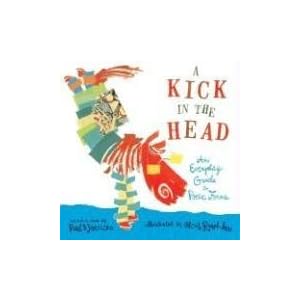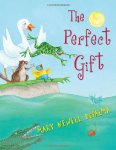Well friends, this is the last day of the TTLG 2011 Picture Book Celebration. For 365 days I have posted a picture book review, and it has been a wonderful journey. I wanted to wrap up the celebration with something special. I looked and looked and looked until I found Varmints, a picture book whose story moved me, and whose art charmed me. The illustrator has created a little film of the tale that you might like to watch.
Helen Ward
Illustrated by Marc Craste
Picture book
For ages 8 and up
Candlewick Press, 2008, 0763637963
There once was a time when the world was full of beauty and light. The only sounds were “the bees, the whispering wind in the wiry grass…and the song of birds in the high blue sky.” A few beings enjoyed this world, listening to the gentle sounds and appreciating what they had.
Then others came, and they build huge ugly buildings that blotted out the sky. This new world was so noisy that the sounds of birdsong and grass rustling were drowned out. More and more others came until everything was so noisy that “no one could hear themselves think!”
Somewhere, high above the streets there was one of the few who carefully took care of “a little piece of wilderness.” He waited until he knew that the time had come, and then he took his precious pot of plants to a special place and left it there hoping that somehow his precious gift would bring about change, and that one day the noise would end and he would be able to hear the birds and the wind.
This extraordinary picture book will remind readers of all ages that we cannot take our world for granted. We cannot assume that our natural heritage will last forever if we do not protect it from creatures like the others in this story. With a loveable main character who looks a bit like a rabbit, a storyboard that has the feel of a film or movie, and gorgeous atmospheric illustrations throughout, this is a book that everyone should read. And remember.









